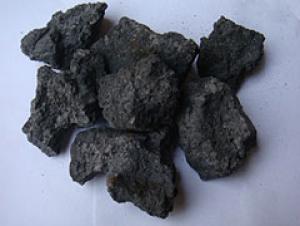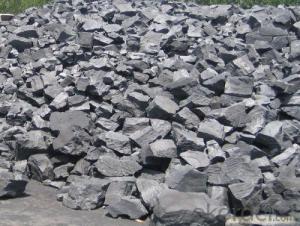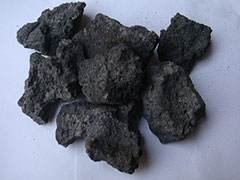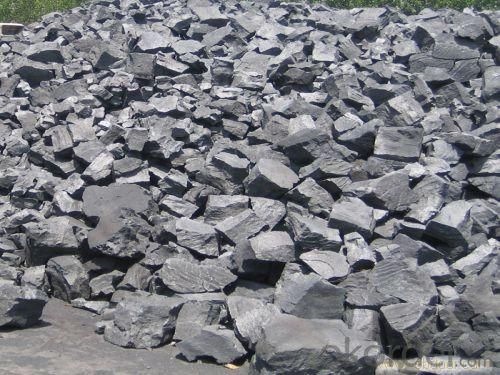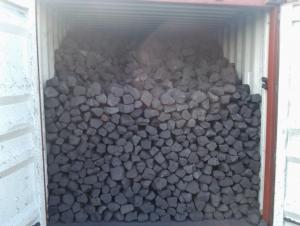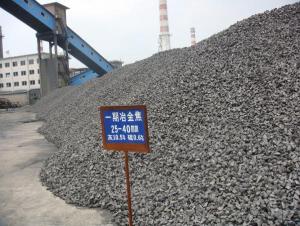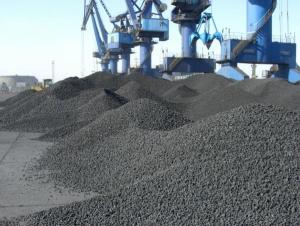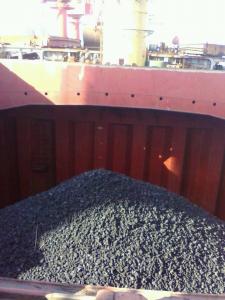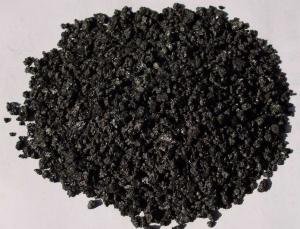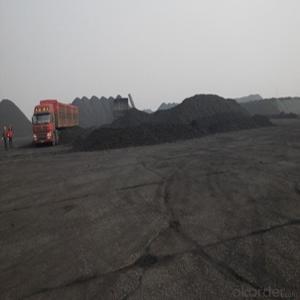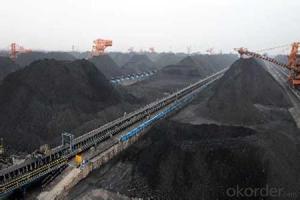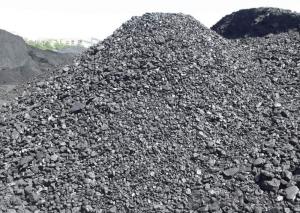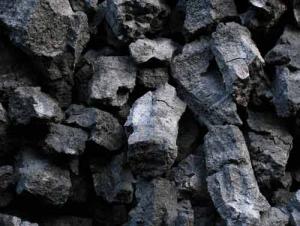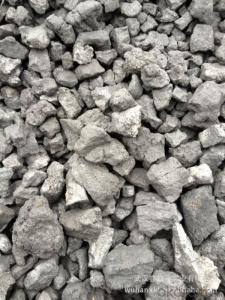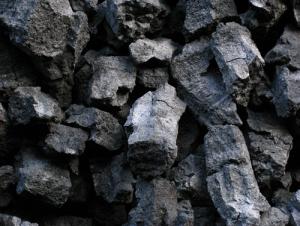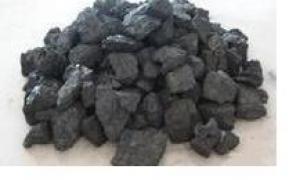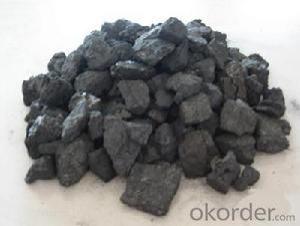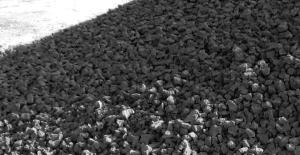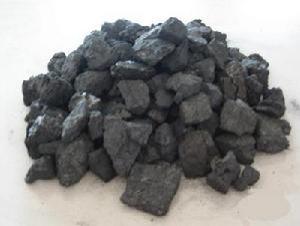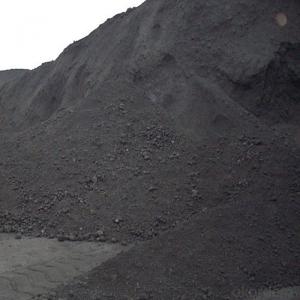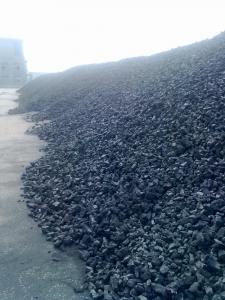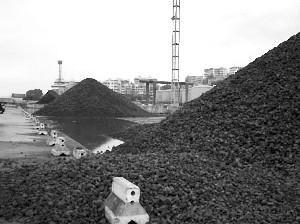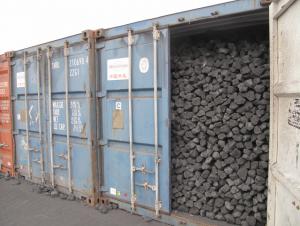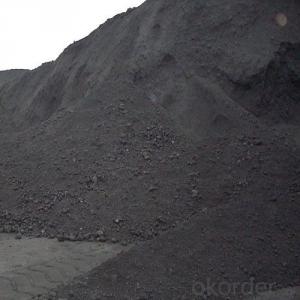CRI 30% Metallurgical Coke
- Loading Port:
- Tianjin
- Payment Terms:
- TT OR LC
- Min Order Qty:
- 100 m.t.
- Supply Capability:
- 3000 m.t./month
OKorder Service Pledge
OKorder Financial Service
You Might Also Like
1. Structure of CRI 30% Metallurgical Coke Description:
Coke is a hard texture, with carbon as the main component of irregular porous body, with cracks and defects in silver. The true density is 1.8 ~ 1.95 g/cm3, bulk density is 400 ~ 500 kg/m3, the porosity of 35% ~ 35%,.Coke all vertical and horizontal crack can be seen with the naked eye observation. The vertical and horizontal crack along the thick break, still is focal piece containing micro cracks. Separate focal piece of micro cracks along, namely coke porous body, also known as coke. Focal body consists of porosity and the pore wall, hole wall is also called the coke quality, its main component is carbon and minerals. How much coke crack directly affect the size and crushing strength of coke. Focal piece of micro cracks and holes spore structure of coke and abrasive resistance and high temperature reaction performance of coke has a close relationship. Spore structure usually use stomata average pore size and pore size distribution, specific surface area and pore wall thickness parameter.
2. Main Features of the CRI 30% Metallurgical Coke :
• Quality assurance
• Mutual benefit
• Preferential price
• Various choice
3. CRI 30% Metallurgical Coke Images:
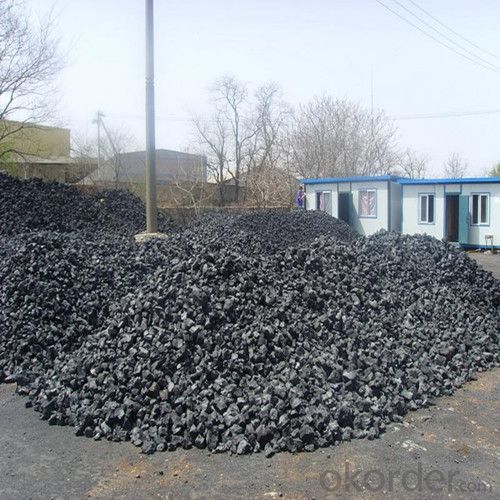

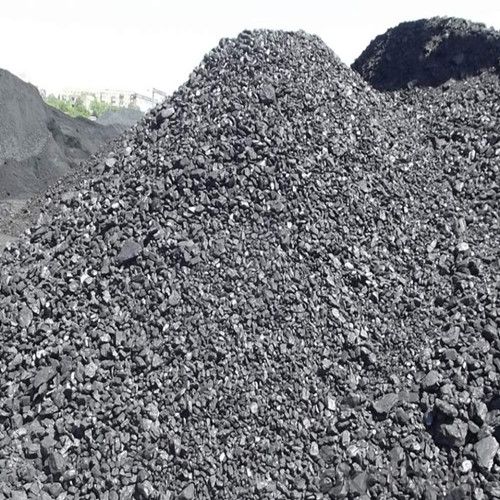
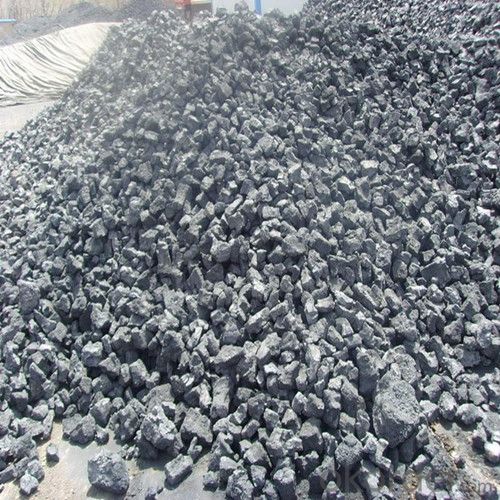
4. CRI 30% Metallurgical Coke Specification:
Parameters | Guarantee |
Moisture (ARB) | 5% max |
Ash (DB) | 12.50% max |
Volatile Matter (DB) | 1.4% max |
Sulphur (DB) | 0.7% max |
Phosphorus (DB) | 0.035% max |
CRI | 30% max |
Size 30-90 mm | 90% min |
+90 mm | 5% max |
-30mm | 5% max |
Mean Size | 52 mm |
5. FAQ
We have organized several common questions for our clients,may help you sincerely:
1) How about your company?
Our company began to export coke when China cancelled 40% of coke export tariffs and quotas on January 1, 2013. We export many kinds of coke, such as CSR60 % and CSR 62% metallurgical coke (met coke), the NUT coke of 20 to 50 mm, coke breeze of 3 to 6 mm, and so on.
2) Application of coke
• Used for blast furnace ironmaking and used for copper, lead, zinc, titanium, antimony, mercury
• Other non-ferrous metal smelting of blast furnace,
• Reducing agent, compound
• The function of stock column frame.
3) The history of coke
Our country's metallurgical industry has a long history, is the original fuel charcoal smelting industry, due to the charcoal burning temperature is lower, and short duration of fire and not easy to master hour, therefore, directly affect the level of smelting, to make the steel quality is not guaranteed. Later, people use coal as smelting, coal combustion temperature is higher, and the combustion duration is longer than charcoal, but easily broken after coal is heated in the oven, affect the burden of permeability, and high content of sulfur in coal, directly affect the quality of the cast iron. After a period of practice, it has been found that the coal after dry distillation (i.e., separated flame heating), volatile components may be removed, and the porosity increased, resembling charcoal, fire is better than that of coal, but also can avoid charcoal and coal. This after carbonization of coal is coke.
Currently found in the earliest coke in our country, is in Guangdong new will be a unearthed in the ancient ruins in the late 13th century, during the southern song dynasty period in our country. Thus concluded that China's song dynasty, have been used to coke ironmaking. Guangdong new will find coke is also found that the earliest in the world. In Europe, the UK in 1788 began with coke ironmaking, this is the earliest record of western countries, the more than 500 years later than our country.
Although the use of coke earliest in our country, but has not seen through the records. Coking and the earliest recorded with coke can be found in the late Ming dynasty in China side to write the physical knowledge, he pointed out that coal everywhere all have, "smelly burning-out and closed into stone, chisel and charging again yue reef (coke), May 5, fire, cook Fried mine stone, will save Labour". This smelly coal, it is to point to contain volatiles more coking coal, the coal sealed burning-out, becomes hard coke, used for smelting, the effect is very good.
- Q: Coke is how to make it? What is the use?
- The production process has the following procedures:The preparation of coking coal is called coal preparation, which is prepared from various kinds of cleaned coal (or raw coal with low ash content), which is made up of coal, which has the advantages of high accuracy, good particle size, uniform quality and meeting the requirements of coking. Generally include: coal unloading, storage and mixing, mixing, crushing and mixing, and the preparation of coal to coke oven coal storage tower. In cold regions, there should be thawing and freezing equipment. To improve the quality of coke, we must pay enough attention to coal preparation. The coal blending is good, the accuracy of coal blending is improved, the fluctuation of coal quality is minimal, and the chemical composition and the physical mechanical property of the coke are ensured to stabilize the coke quality. Therefore, the coal blending equipment must be accurately according to the given value of coal blending; coal blending tank to be uniform continuous coal. In addition to the impurities in the coal, water can not be too high. The reasonable crushing of coal can effectively improve the mechanical strength of coke. According to the specific situation, the most suitable grinding particle size should be determined.
- Q: The chemical composition of coke is m10.m25
- Quality index of cokeThe quality index of coke coke [] is a solid product of high temperature carbonization, the main ingredient is carbon, is the pore structure has a crack and irregular (or pore porous). The crack number directly affects the coke strength and crushing strength, the index of general degree (refer to how to crack crack length unit the volume of coke in the measure.) to measure the pore structure of the main indicators for the porosity (coke pore volume only percentage of the total volume) that it affects the coke reactivity and strength
- Q: China's coke iron smelting began in what time?
- The ancient iron smelting method in smelting iron block, lower temperature, iron ore solid reduction sponge iron, and iron into play by forging. Smelting iron block, furnace, furnace with ground and shaft 3. The block iron making in our country began in the spring and Autumn period, and in the near future, the pig iron with more than 2% carbon dioxide was refined and used as a casting tool
- Q: How to distinguish the level of coke. What is metallurgical coke
- Since more than 90% of metallurgical coke is used for blast furnace ironmaking, it is often referred to as coke. Other more specific can see here:
- Q: What is the difference between the industrial analysis of coke and the industrial analysis of coal samples
- There are also ISO and ASTM, I do not know what you want the standard?
- Q: Coke crushing, coke plant equipment, coke jaw crusher, coke crushing equipment prices, manufacturers offer? How is the output of these equipments?
- The number of cracks has a direct impact on the strength and crushing strength of the coke, the index is generally measured in terms of crack degree (the number of cracks in the unit volume coke)
- Q: The coke is divided into several separate uses
- Metallurgical coke is coke, coke, iron alloy coke and non-ferrous metal smelting coke ". Since more than 90% of metallurgical coke is used for blast furnace ironmaking, it is often referred to as coke. The metallurgical coke quality standard (GB/T1996-94) developed in China is the quality standard of blast furnace.
- Q: Natural gas can replace coke smelting pig iron
- No, because the coke in the blast furnace to heat, reducing agent, skeleton and carbon supply four functions
- Q: How many degrees of coke ignition temperature can ignite coke
- Ignition temperature (450-650) in air;Dry ash free base low calorific value is 30-32KJ/g;The specific surface area is 0.6-0.8m2/g
- Q: What are the criteria for coke classification and how to distinguish between primary and two grade coke?
- Quality index of cokeCoke is the solid product of high temperature carbonization, the main ingredient is carbon, is the pore structure has a crack and irregular (or pore porous). The crack number directly affects the coke strength and crushing strength, the index generally refers to the unit volume of the crack (crack number within the coke grain length). To measure the pore structure of the main indicators to measure with porosity (only coke pore volume accounted for percentage of the total volume) that it affects the coke reactivity and strength. The different uses of the coke porosity index for different requirements, the general metallurgical coke gas hole rate in 40 ~ 45%, foundry requirements in 35 ~ 40%, coke export requirements in 30%. Coke crack degree and the porosity level, and the coking coal has a direct relationship, such as coal based coke refining, crack, high porosity, low strength and coking coal as a base; Coke coal refining. Crack less, low porosity and high strength. The strength of coke is used to denote the crushing strength and abrasion resistance of two indicators. The coke crushing strength is that coke can resist foreign impact force without ability along cracks or defects at the broken table, shown by M40 wear; strength of coke coke refers to the ability to resist external friction without surface of glass forming debris or powder, by the M10 value. The effect of the crack of coke crushing strength, M40 value, M10 value and abrasion strength influence of coke pore structure. M40 and M10 were determined by lot. In China the migon drum test in Germany.
Send your message to us
CRI 30% Metallurgical Coke
- Loading Port:
- Tianjin
- Payment Terms:
- TT OR LC
- Min Order Qty:
- 100 m.t.
- Supply Capability:
- 3000 m.t./month
OKorder Service Pledge
OKorder Financial Service
Similar products
Hot products
Hot Searches
Related keywords
